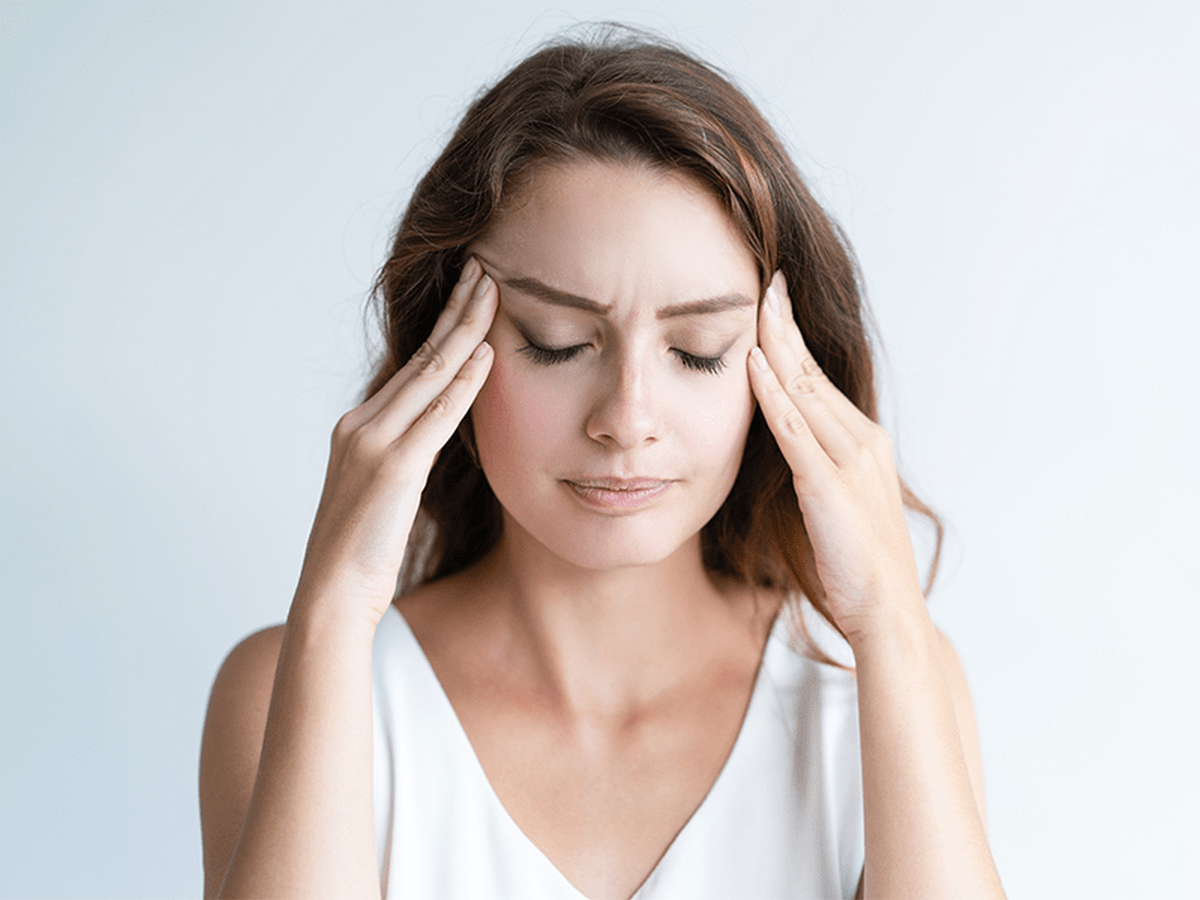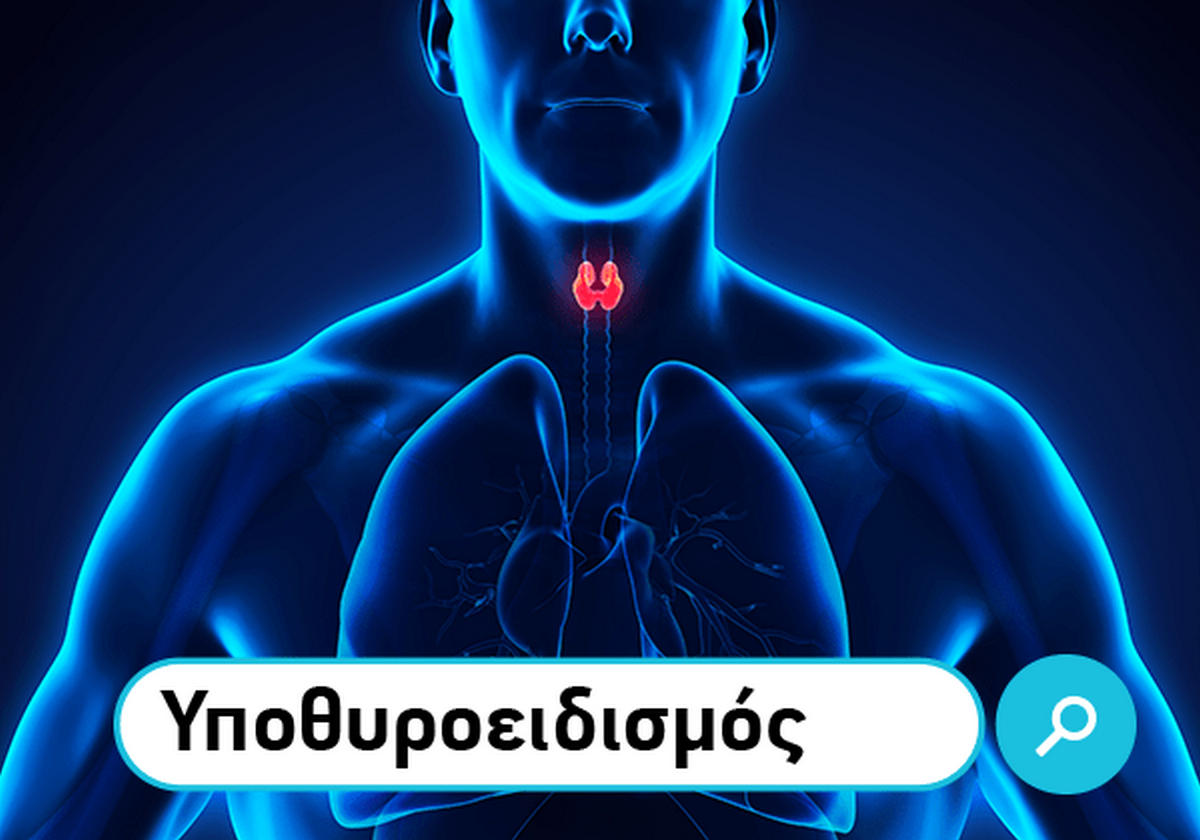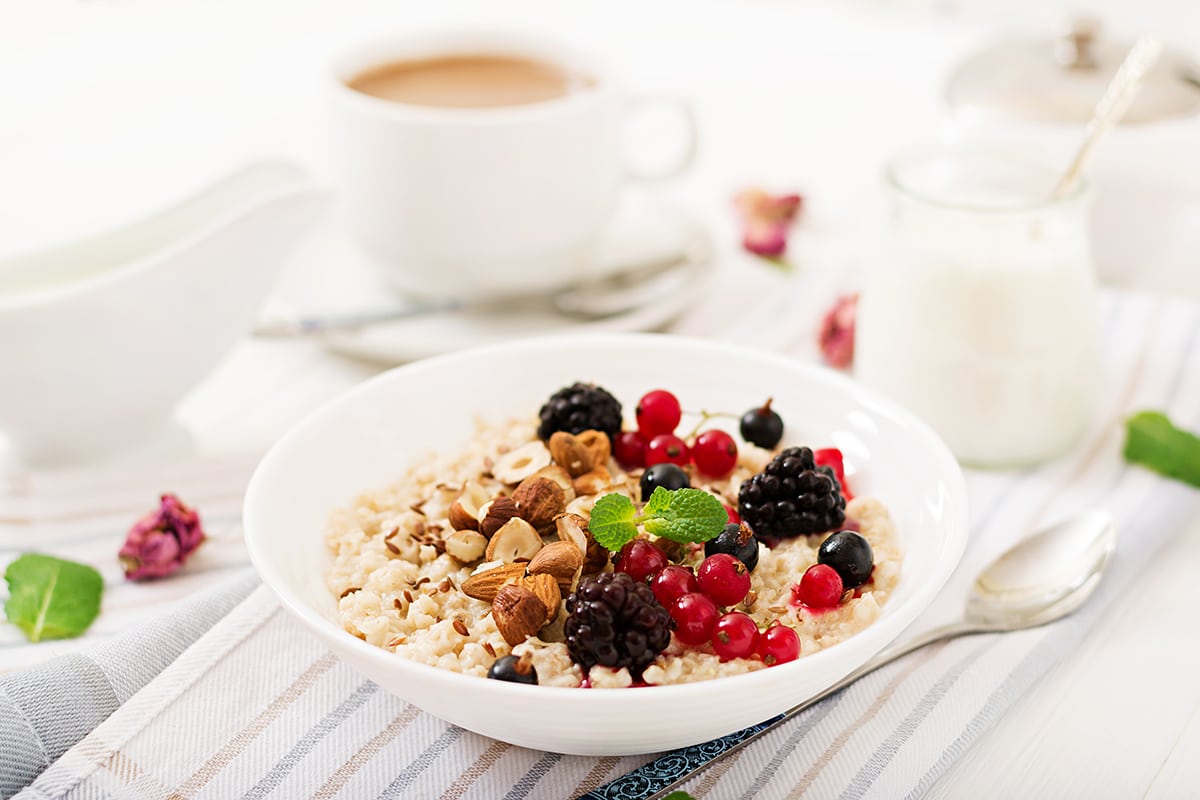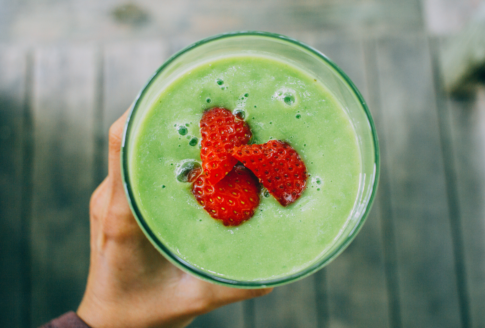The importance of iron in our health

Table of Contents
What is iron?
Iron is one of the most basic metals, as it is necessary for the growth and oxygenation of the body.
Although we often hear about it, many times we do not recognize its value to our health. So what is iron and how much do we need every day? How and when should we take iron supplements?
In particular, it takes part as a cofactor in many enzyme reactions of the body. It is one of the most important metals for children’s development and has been characterized for its action in reducing tiredness and fatigue. [1]
Iron rich foods
Iron is found naturally in many foods. It is available in two forms: [1]
- heme iron, which is mainly found in meat
- non-heme iron found in plants and iron-fortified foods.
Meat, seafood and poultry have both heme and non-heme iron. Thanks to the development of food technology, it is possible to enrich many foods with additional iron.
The bioavailability and absorption of heme iron is much greater. For better absorption of plant iron, it is recommended to be consumed together with meat or with foods rich in vitamin C (citrus fruits, peppers, broccoli, strawberries, etc.).
Foods high in iron are: [2][3]
- Red meat (beef), seafood, poultry and eggs
- Iron-fortified breakfast cereals and breads
- White beans, lentils, spinach, beetroot, green pepper and peas
- Nuts and most dried fruit
- Fruits, such as watermelon, cherries, berries
Iron benefits
Collectively, iron participates in:
- the formation of red blood cells and hemoglobin
- oxygen transport
- normal metabolism and energy production
- reducing fatigue and exhaustion
One of the most important properties of iron is its participation in the oxygenation of tissues and organs. Specifically, it is used for:[1]
- the synthesis of hemoglobin, a protein found in red blood cells that carries oxygen molecules from the lungs throughout the body,
- the synthesis of myoglobin, a protein that provides oxygen to the muscles.
In addition, it participates in the production of certain hormones as well as in the creation of connective tissue.
Iron and anemia
There are several different causes of anemia. Ιron deficiency anemia is the most common form and is caused by a lack of this essential metal, iron. It develops at the point where hemoglobin levels “fall” below the normal limit.
Taking iron in injectable form or in the form of nutritional supplements is deemed necessary to restore iron and therefore hemoglobin to the desired levels. [4]
Iron and fatigue
Numerous studies prove that iron supplementation (either in pill, liquid and injectable form) helps to combat fatigue and exhaustion.
These results were found in people who did not suffer from anemia but had low ferritin levels. [5]
Iron and pregnancy
It is a fact that during pregnancy, the body’s requirements for blood volume, hemoglobin and therefore iron are particularly high. In other words, the pregnant woman’s body needs more blood to supply the baby with oxygen.
If iron reserves during pregnancy are low, there is a risk of severe iron-deficiency anemia resulting in preterm labor, low-weight infant and even postpartum depression. [4][6]
Therefore, a good diet rich in iron, but also its supplementary intake (always under the guidance of the attending physician) can prevent such situations.
In which forms do we meet iron?
Iron is available in food supplements in :
- tablets (pills),
- ampoules (injectable)
- effervescent tablets
- syrups
The most common forms are: [7][8][9]
- ferrous sulphate
- ferrous gluconate
- ferric citrate
The forms of iron with the greatest bioavailability and best absorption are ferrous sulfate and gluconate.
In commerce, you will come across additional forms such as fumarate and sucrosomial iron. These forms show different absorption and a different side effect profile.
For example, sucrosomial iron passes unchanged through the gastric tract and is absorbed by the intestine directly, without causing constipation.
Generally, you will find iron either alone or together with other vitamins such as folic acid, Vitamins B6, B12 to increase the hematocrit, or along with Vitamin C for maximum absorption.
Iron deficiency symptoms
In the short term, reduced iron intake does not cause obvious symptoms directly. The body has the ability to store iron in the muscles, liver, spleen and bone marrow in a protein called ferritin.
When iron levels are low, our body uses the iron from its stores. However, if iron intake continues to be reduced then iron-deficiency anemia occurs.
In anemia, red blood cells become smaller as they contain less hemoglobin. As a result, the blood carries less oxygen from the lungs throughout the tissues.
Symptoms of iron deficiency anemia include: [10]
- fatigue, lack of energy
- paleness
- palpitation
- black circles
- difficulty concentrating
- hair loss
- nail fragility
- restless leg syndrome,
- frequent headaches-migraines
- deficiency of body temperature control
- reduced immunity
In the last case the result is that the person becomes vulnerable to microbial infections and falls ill.
Infants and children with iron deficiency anemia may develop learning disabilities.
Population groups at higher risk for iron deficiency are: [8]
- girls in puberty with increased flow during menstruation
- pregnant women
- premature or low birth weight infants
- frequent blood donors or people with frequent bleeding
- people with gastrointestinal disorders or heart failure
- vegetarians and vegans
Vegetarians who do not eat meat, poultry, or seafood need almost twice as much iron from the diet, since the body does not absorb non-heme iron to the same extent as heme iron.
Recommended Daily Intake (RDI)
The amount of iron we need daily depends on: [11]
- the age
- the gender
- the diet followed by each person (e.g. vegetarianism).
Adult men and women need 8 mg and 18 mg daily respectively, while the needs during pregnancy significantly increase the levels to 27 mg daily.
However, during breastfeeding, a dose of 9-10 mg/day is recommended.
In addition, children from 1-13 years are recommended to be given 7 to 10 mg per day.
Iron side effects & contraindications
Iron can be harmful if taken in large doses, so caution is needed, especially in children.
Iron supplementation in doses greater than 20 mg/kg can lead to:[12]
- gastrointestinal disturbances (constipation or diarrhea, nausea, abdominal pain and vomiting) if not taken with food,
- stool discoloration (black or green stools)
- reduced zinc absorption
Iron supplements can interact with or affect the absorption and action of certain medications. People taking medication to treat Parkinson’s disease, hypothyroidism, or antacids should first consult their doctor.[8]
Calcium can interfere with iron absorption, so it is recommended that calcium and iron supplements be taken at different times of the day. The same is with iron and calcium rich foods.
Additionally, caffeine consumption should be avoided as it can reduce iron absorption.[13]
In conclusion
Iron is one of the most important minerals for our life! When we manage to keep it at healthy levels, our body works properly. That is why if we have symptoms that may be related to its lack, it is good to check it, so that we can deal with any deficiency in time.
Find at Vita4you.gr a wide variety of iron supplements.
References:
Disclaimer
The content of this blogspot is not and can not be considered as medical advice, diagnosis or treatment. All information is provided to readers solely for informational purposes. There is no intention to substitute this content for personalized medical advice, diagnosis, prognosis or treatment.








Leave a comment